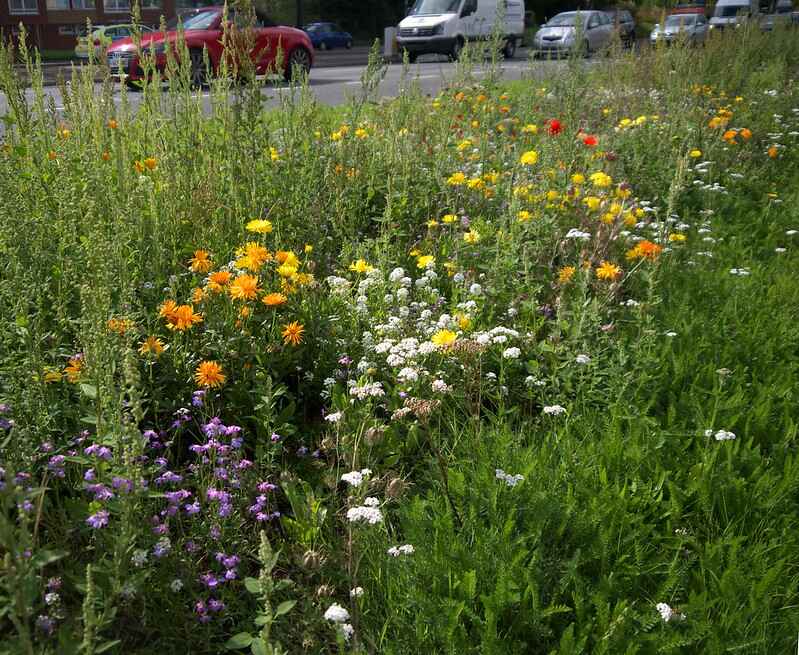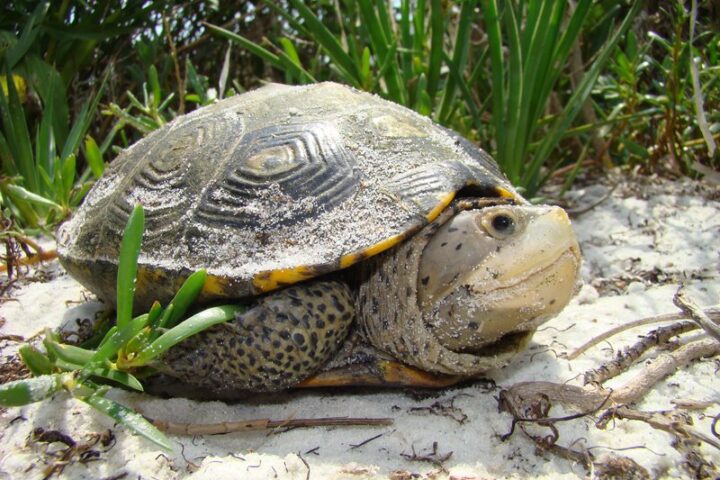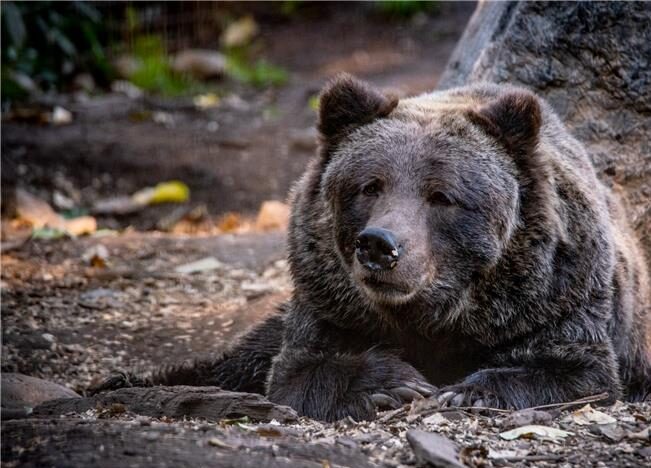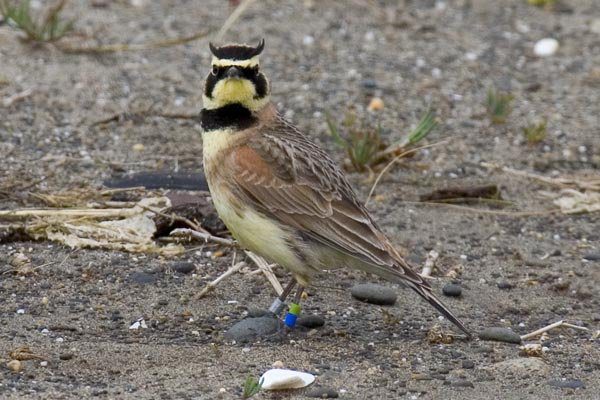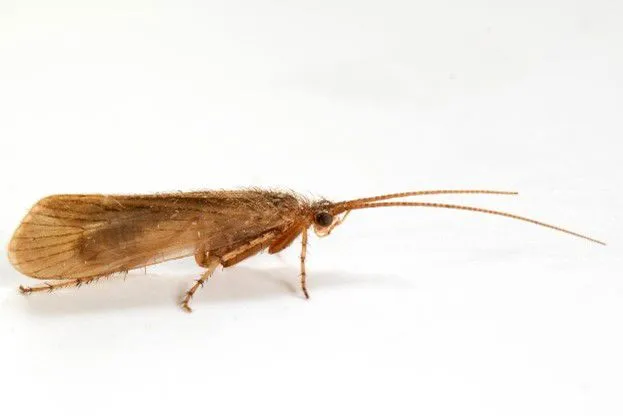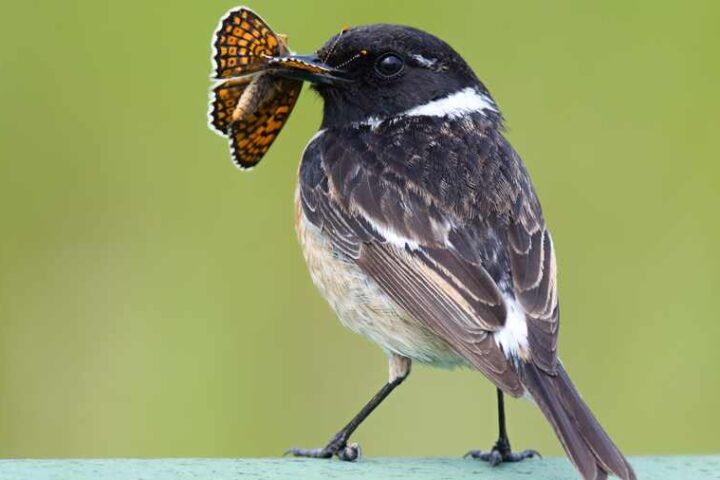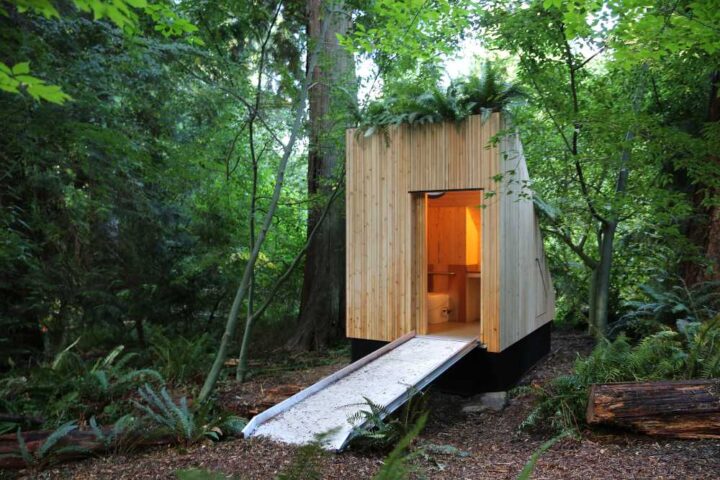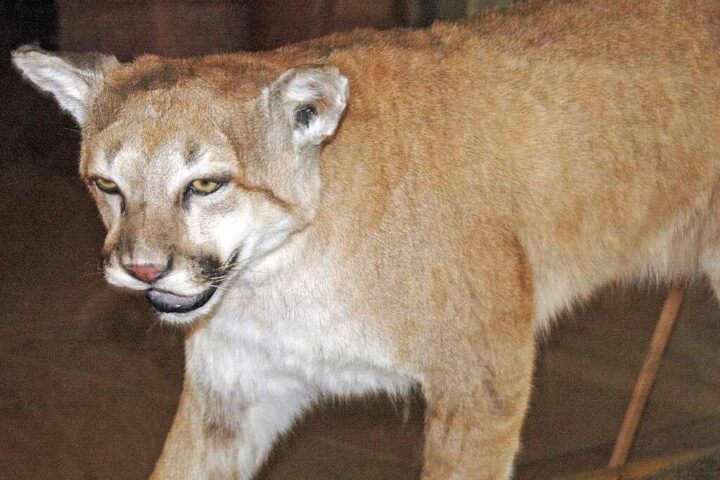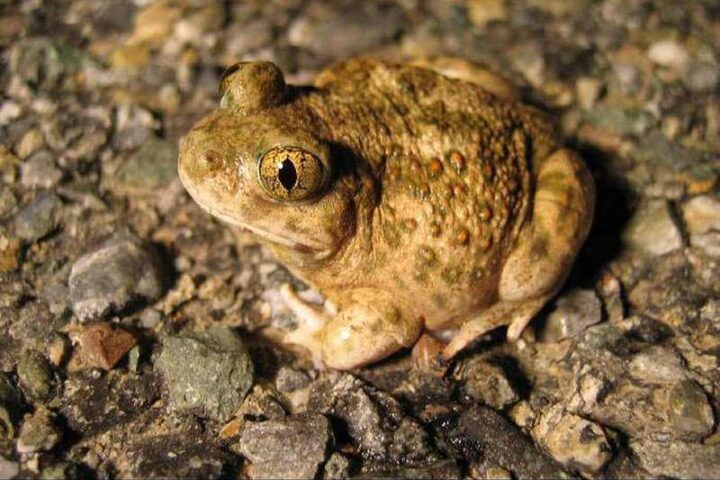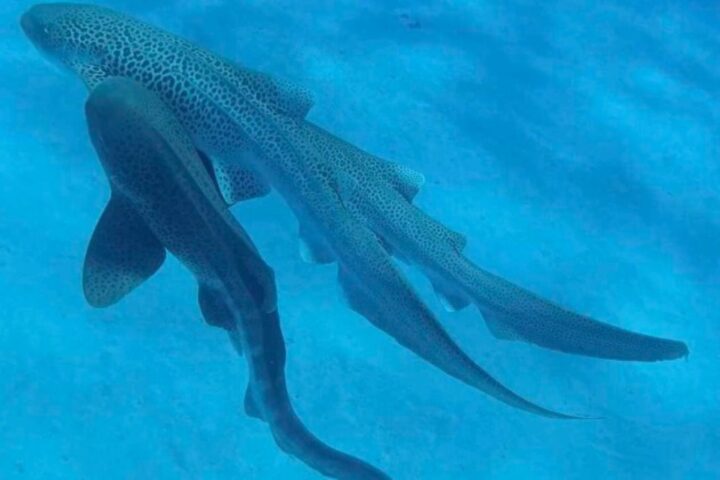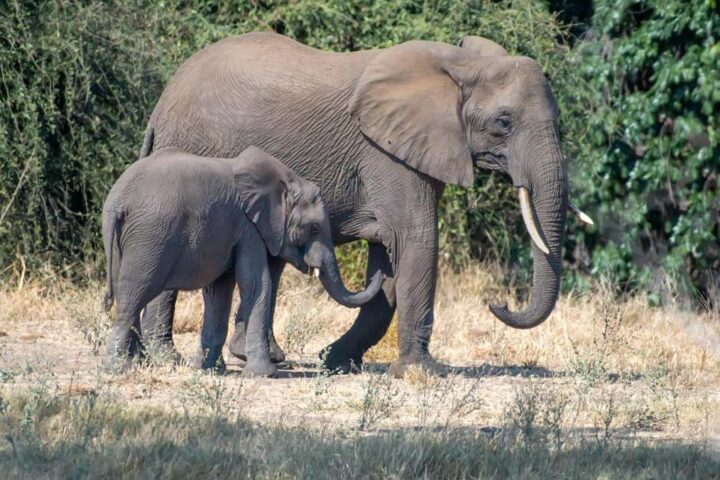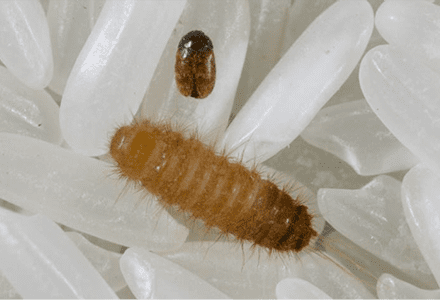Transport for London has delivered something that sounds almost too good to be true. The transport authority has added 130,000 square meters of wildflower verges across the capital in just one year. That’s roughly 18 football pitches worth of roadside meadows where bees, butterflies, and other wildlife can now thrive.
The expansion brings TfL’s total wildflower coverage to 390,000 square meters, equivalent to about 52 football pitches. This puts the organization well over halfway toward its goal of reaching 520,000 square meters by 2026.
These aren’t just pretty patches of grass. The wildflower verges represent a major shift in how London manages its green spaces. Instead of cutting grass five to eight times per year, TfL now mows these areas just twice annually. This simple change allows wildflowers and taller grasses to establish themselves and bloom.
The newest sites span across London, from a verge along the A1 in Barnet to a central reserve on the A30 near Heathrow. Some locations, like Redbridge Roundabout, are accessible to the public through pedestrian underpasses, letting people walk through these mini meadows.
Lilli Matson, TfL’s Chief Safety, Health and Environment Officer, points to early success stories. The more mature sites, where the new mowing approach has been in place for at least two years, show the most promising results. Wildlife surveys have documented 17 different butterfly species, including five that are considered London Priority species.
Beyond butterflies, these verges attract hoverflies, craneflies, grasshoppers, dragonflies, damselflies, beetles, and various bee species. The taller grasses and diverse flowers create feeding stations and shelter that urban wildlife desperately needs.
The environmental benefits extend beyond supporting pollinators. The wildflower verges help capture carbon dioxide from the air and store it in the soil. Less frequent mowing also means reduced carbon emissions from machinery. These areas improve air quality and help manage surface water flooding through increased permeable surfaces.
This initiative forms part of TfL’s broader Green Infrastructure and Biodiversity Plan, published in March 2024. The plan sets ambitious targets, including achieving biodiversity net gain across TfL’s entire estate by 2030 and boosting tree canopy cover by 10 percent by 2050.
As one of London’s largest landowners, controlling more than 2,300 hectares across the capital, TfL oversees road verges, central reservations, and green spaces on roundabouts along 580 kilometers of the city’s road network. Nearly a third of this land is already covered by vegetation.
Similar Posts:
The organization works with wildlife charities including Butterfly Conservation and London Wildlife Trust. Steve Bolton from Butterfly Conservation’s Big City Butterflies project notes that local volunteers help with butterfly recording and advise on planting schemes designed to support butterflies and moths.
During London Climate Action Week, TfL distributed 12,000 wildflower seed packets at tube stations across the city. This public engagement effort encourages Londoners to extend the greening initiative beyond TfL’s network into their own gardens and community spaces.
TfL’s approach addresses practical concerns while maintaining safety standards. The organization continues to mow the edges of wildflower verges regularly to ensure clear sight lines for drivers and maintain tidy appearances. Signage helps explain to the public that these areas are intentionally managed for wildlife rather than neglected.
Site selection considers multiple factors including the suitability of existing vegetation for conversion to wildflower meadows, accessibility for specialized cut-and-collect mowers, proximity to residential areas, and maintaining road safety standards.
Deputy Mayor for Transport Seb Dance emphasizes the broader significance. Protecting and encouraging biodiversity is essential for increasing sustainability and mitigating climate change as London works toward becoming carbon-neutral by 2030.
The wildflower verges connect to London’s wider urban rewilding movement, supported by initiatives like the Rewild London Fund, which allocated £710,000 in its third round to projects enhancing Sites of Importance for Nature Conservation across the capital.

TfL’s expansion demonstrates how transport infrastructure can double as ecological infrastructure. The organization exceeded its annual target of delivering 5,000 square meters of Sustainable Drainage Systems by delivering 11,000 square meters in 2023-24, showing commitment to multiple environmental objectives.
The success of these wildflower verges provides a template for other cities grappling with biodiversity loss and climate change. By working with natural processes rather than against them, TfL has created spaces where both people and wildlife can flourish alongside London’s busy transport network, contributing to sustainable transport solutions that address environmental challenges while serving urban mobility needs.
